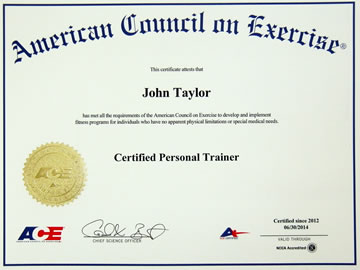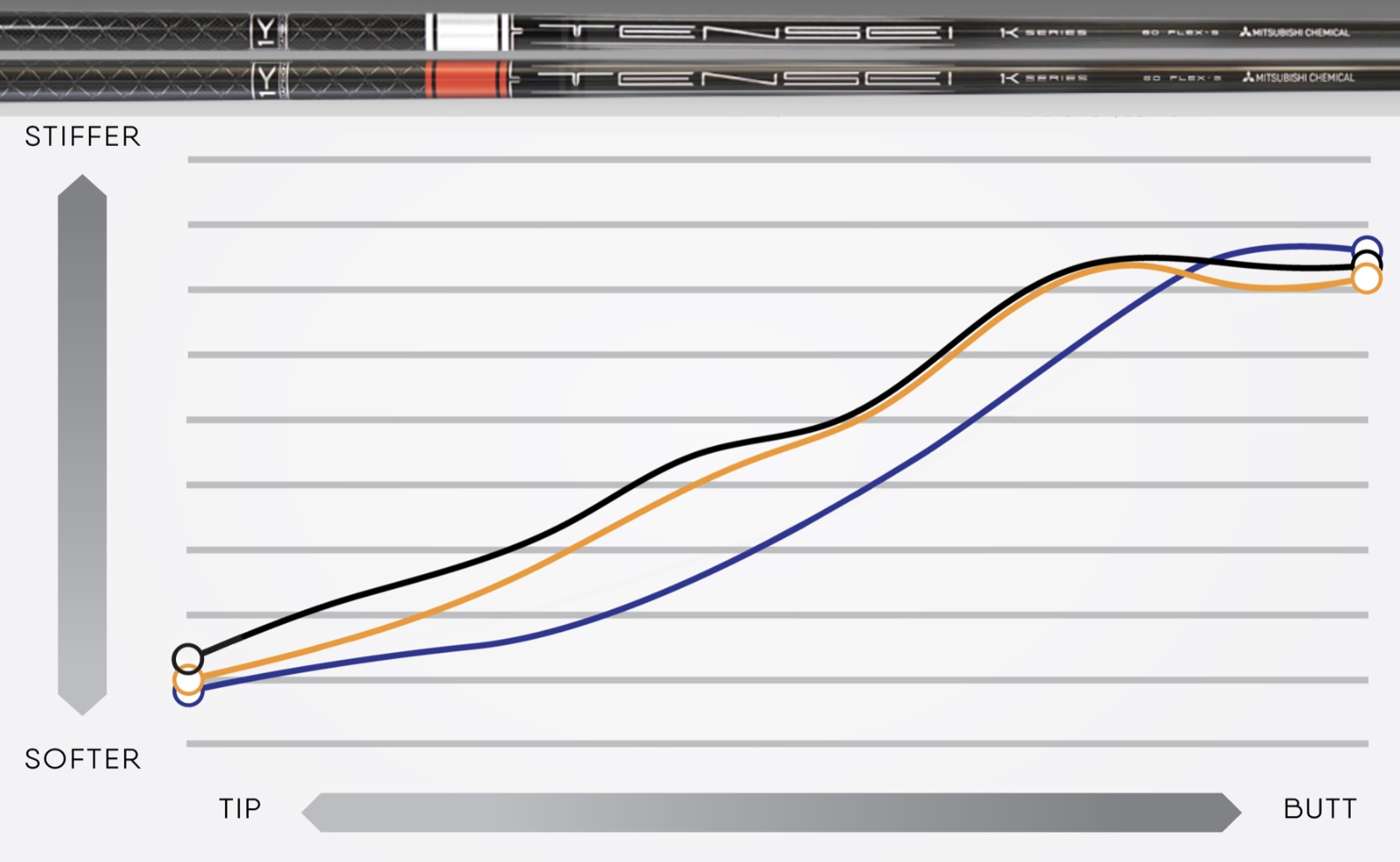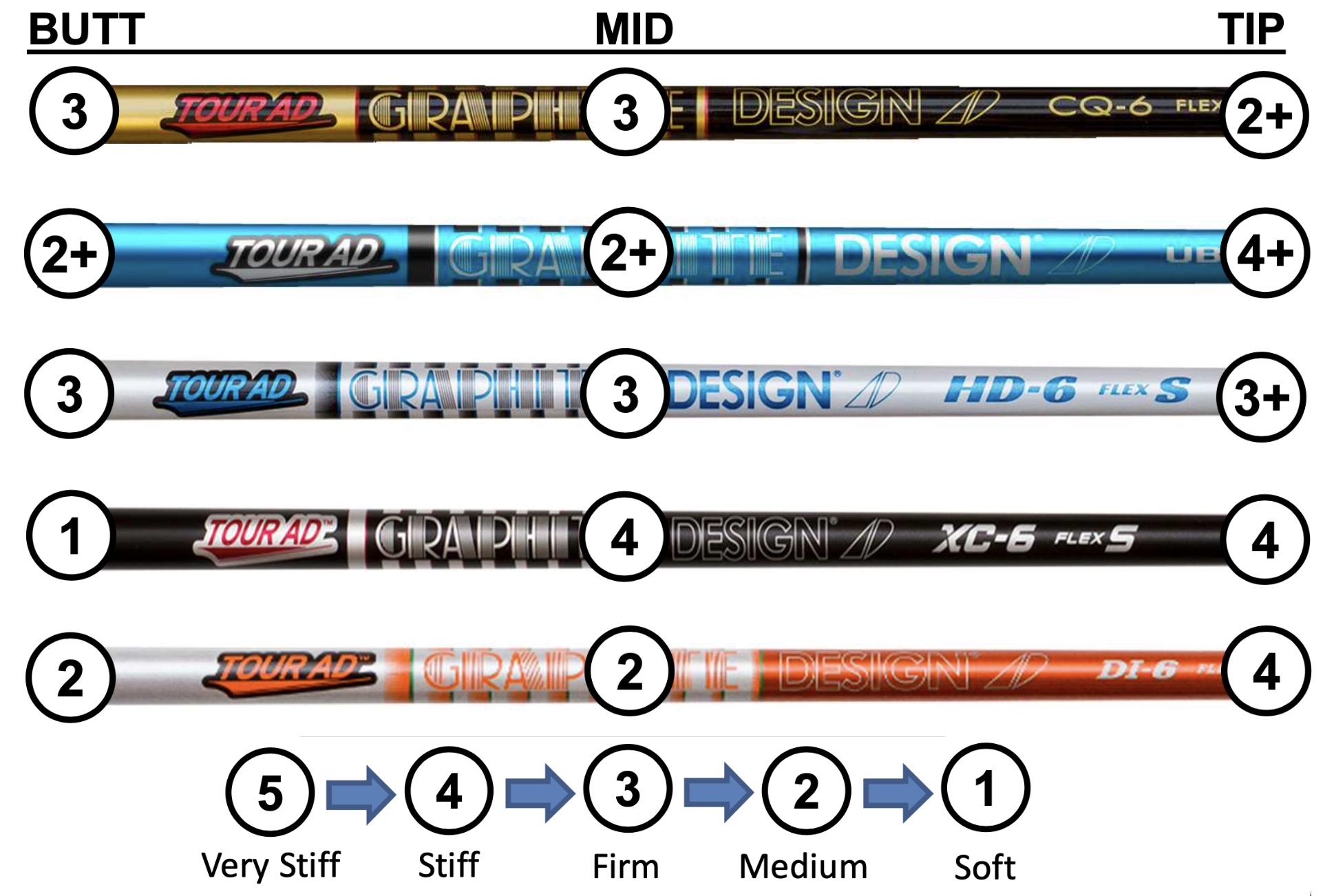KVest Swing Coordinates
K-Vest motion capture sensors measure rotation in degrees per second of the pelvis, thorax, and lead hand during the golf swing. Rotational velocity is detected around three local axes in each body segment. To help visualize the axes and the movements, consider the right hand rule.
Extend your right hand in front of your body and make a fist. Then, point your right thumb up, thrust your index finger forward, and point your middle finger to the left. Your thumb, index finger, and middle finger will be oriented 90 degrees relative to each other. The thumb is the z-axis (open and closed rotation), the index finger is the x-axis (side bend), the middle finger is the y-axis (forward/backward bend).
Here's how pelvis rotation is measured. A 3D motion capture sensor is placed next to the sacrum of the pelvis to detect rotation around the vertical axis (z-axis) oriented along the base of the lumbar spine. The z-axis is perpendicular to the transverse anatomical plane that bisects the body into upper and lower halves. Rotation around the z-axis opens the pelvis to the target on the downswing and closes the pelvis on the backswing.
Side bend (lateral bend) is measured around the front-to-back axis (x-axis) that runs perpendicular to the sacrum. This axis lies in the sagittal anatomical plane that bisects the body into the left half and the right half. Side bend can be described as rotation around the x-axis. During the swing you tilt the pelvis to one side on the backswing and to the opposite side on the downswing.
Forward and backward bend (flexion and extension, respectively) is measured around an axis (the y-axis) that runs in the left-right orientation through the pelvis. The y-axis lies in the frontal anatomical plane that bisects the body into a front half and a back half. In an efficient address position, you bend the pelvis forward around the y-axis. The amount of pelvis bend changes during the swing.
Similar considerations apply to the thorax and to the lead hand/wrist. Quantifying the rotation of these body segments during the swing reveals their kinematic sequence. It reveals the way these segments move relative to each other that's independent of the forces involved. Optimizing their timing, sequence, and peak speeds during the swing is the essential start of any swing improvement strategy.
A key advantage of the K-Vest system for swing analysis is its portability. We can take it from the studio environment out onto the range or the course to examine swing mechanics in real world performance conditions. It can be synchronized to our radar launch monitor (also portable) and high speed video for a relatively complete picture of how you swing a golf club.





























 John Taylor
John Taylor
Reader Comments